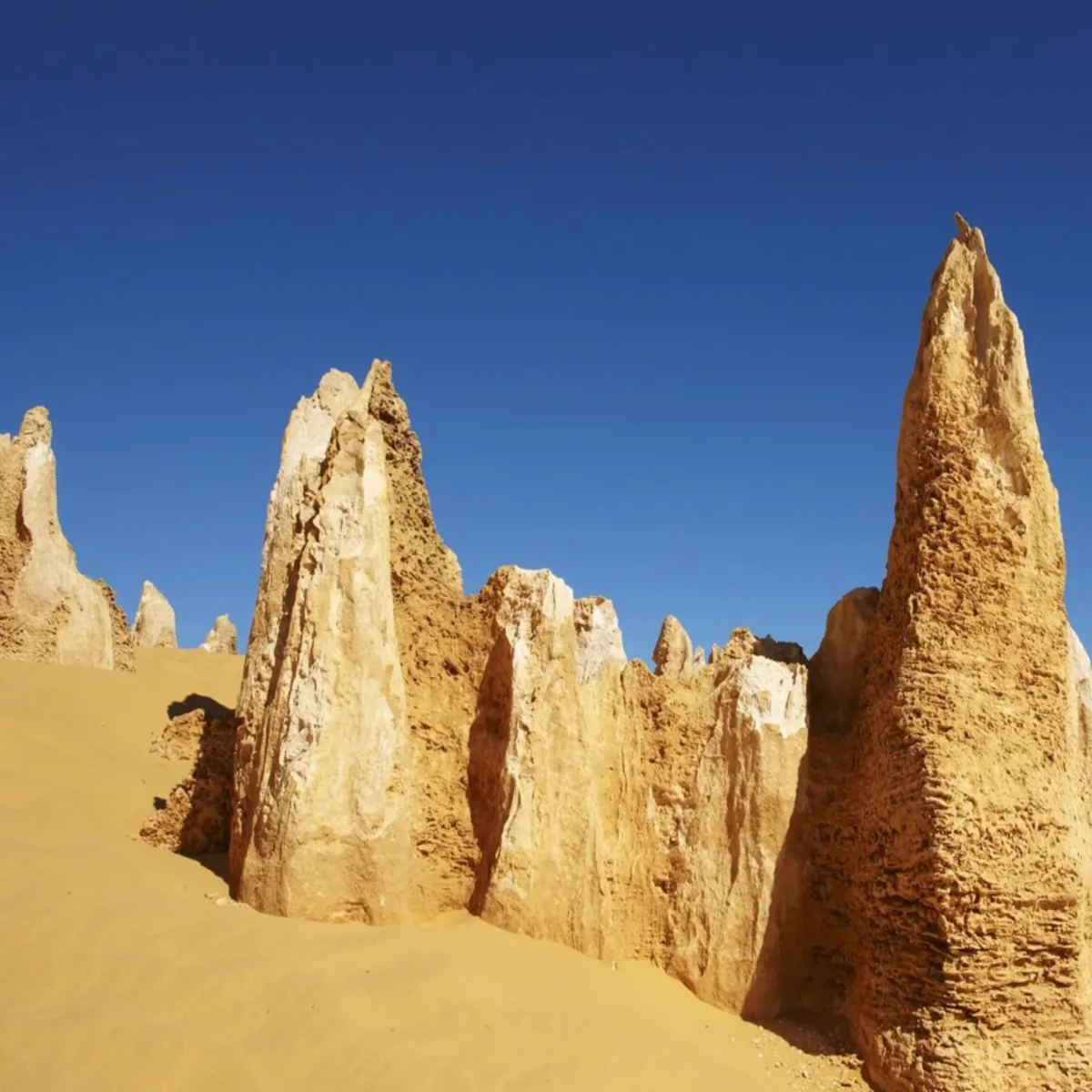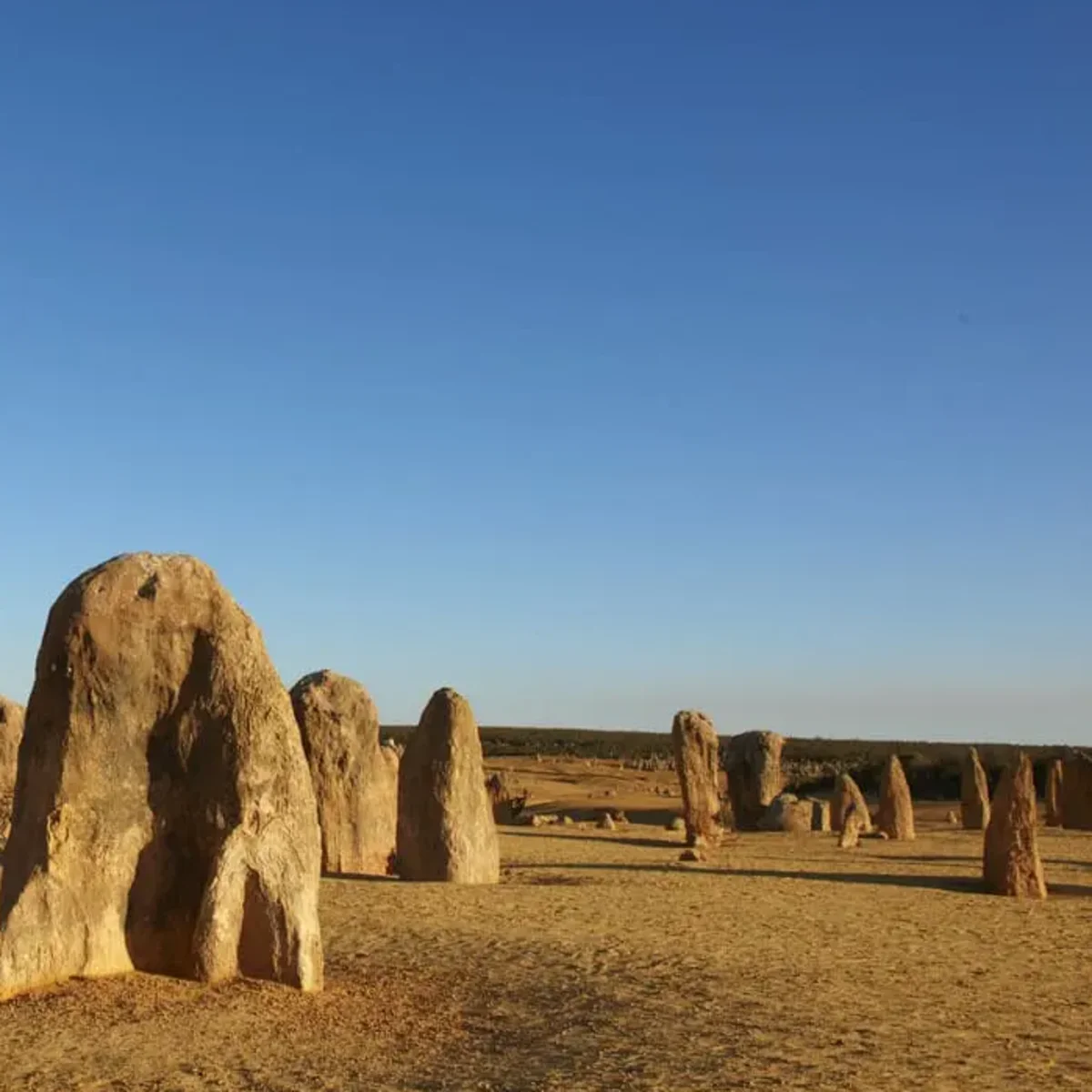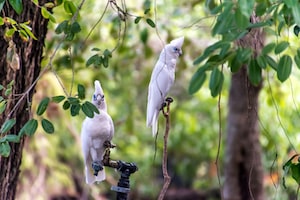Snorkelling and Swimming
Carnarvon has many swimming spots across its scenic landscape, including beaches and hidden coves for water enthusiasts.

Local beaches
Fascine Town Beach, situated on the Fascine, is a safe beach for children and adults. Additionally, two diving pontoons at the Fascine provide entertainment for kids.
Pelican Point, situated at the end of Pelican Point Road, is a well-known beach for kite surfers, swimmers, and fishing enthusiasts. Visitors may also encounter friendly crabs seeking shelter from the wind.
Surrounding beaches
Miaboolya Beach is 22km north of Carnarvon and is known for swimming, crabbing, and fishing. The main creek at Miaboolya is often cut off from the ocean by a sand bar, creating a coastal lagoon. It is the only beach in the Coral Coast Region where clothing is optional.
Bush Bay, located 40km south of Carnarvon, is a mangrove paradise perfect for drone enthusiasts looking to capture aerial shots of the Shark Bay World Heritage Area. Visitors may spot dugongs swimming in the mangroves. There are various spots to launch a boat at Bush Bay, but choosing carefully is important as the beaches are soft. It's easier to launch at high tide. Fishing for Whiting and Flatheads is popular off the beach, and launching a tinnie offers the chance to catch larger fish and do some squid fishing.
Day trips from Carnarvon
Rocky Pool is located 55km east of Carnarvon. To get there, drive 50km along Carnarvon Mullewa Road, then turn north onto a 5km unsealed road. It is a beautiful picnic spot with a freshwater pool along the Gascoyne River. The pool retains water even after the river stops flowing. Surrounding the pool are gum trees and wildlife like kangaroos and birds. There are no facilities or camping allowed at Rocky Pool.
Blowholes are located 75km north of Carnarvon on a sealed road. It is a natural phenomenon where powerful ocean swells force water through sea caves and up narrow holes in the rocks, creating jets of water up to 20 meters high. It is a must-see when visiting Carnarvon. However, it is important to check the tide, wind, and swell before visiting, as the coast can be dangerous with large waves crashing over the rock ledge. Exercise caution and care when visiting this spectacular sight.
We would also like to offer an excellent opportunity to have a glass of wine with the stars. If you like this idea, join the Pinnacles Tour. The experience is guaranteed.
The Aquarium, Point Quobba
The Point Quobba lagoon, known as the 'Aquarium', is a short 45-minute drive north of Carnarvon. It earned its nickname because of the various marine life there, such as Parrot fish, Dartfish, turtles, and even reef sharks. Challenge yourself to spot as many different species of fish as you can during your swim. For the best experience, snorkelling in the 'Aquarium' at high tide is recommended.
3 Mile Lagoon
Located north of the Blowholes is the 3-mile camp, where you can find the 3-mile lagoon. The ideal time to snorkel in the lagoon is when the swell is high, and the tides are low. Snorkelling can be done at any time of the day if the conditions are clear, but fish are more active before sunset.
Experienced swimmers can try swimming with fins through a 'keyhole' in the reef at high tide. The keyhole is behind the dune at the back of the lagoon, opposite the beach boat launch. 3 Mile Lagoon is an excellent spot for night snorkelling as the reef protects it. Remember to bring a waterproof torch for visibility.

Warroora
The Warroora coastline, located between Carnarvon and Coral Bay, is now managed by the Department of Parks and Wildlife. Online bookings and payment are required before arrival for camping in this area. Despite the changes, it remains a fantastic location with great snorkelling spots. One popular spot, 14 Mile, offers beach access for snorkelling and can be reached by 2WD vehicles most of the time. For those with 4WD vehicles, Sandy Point, Maggies, and Elles Beach are also great snorkelling spots to explore. Keep an eye out for Manta Rays if you're lucky.
This destination is remote and accessible via unsealed roads. Road conditions may be affected by weather events, so it is recommended to check road safety reports and ensure your vehicle is well-equipped before starting your journey.

